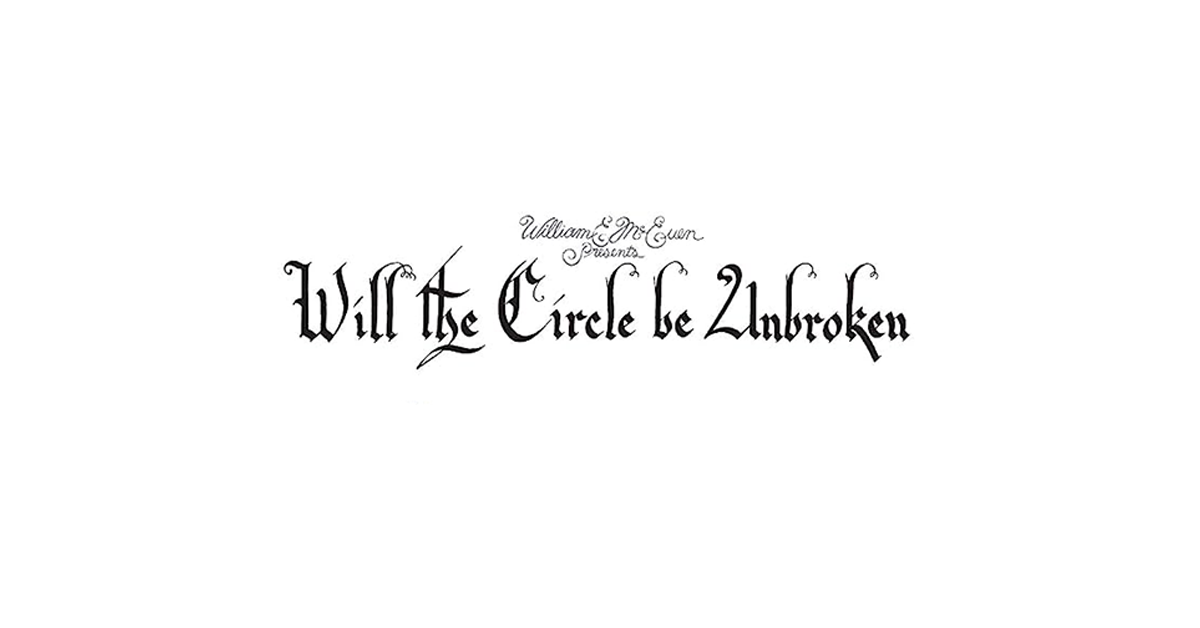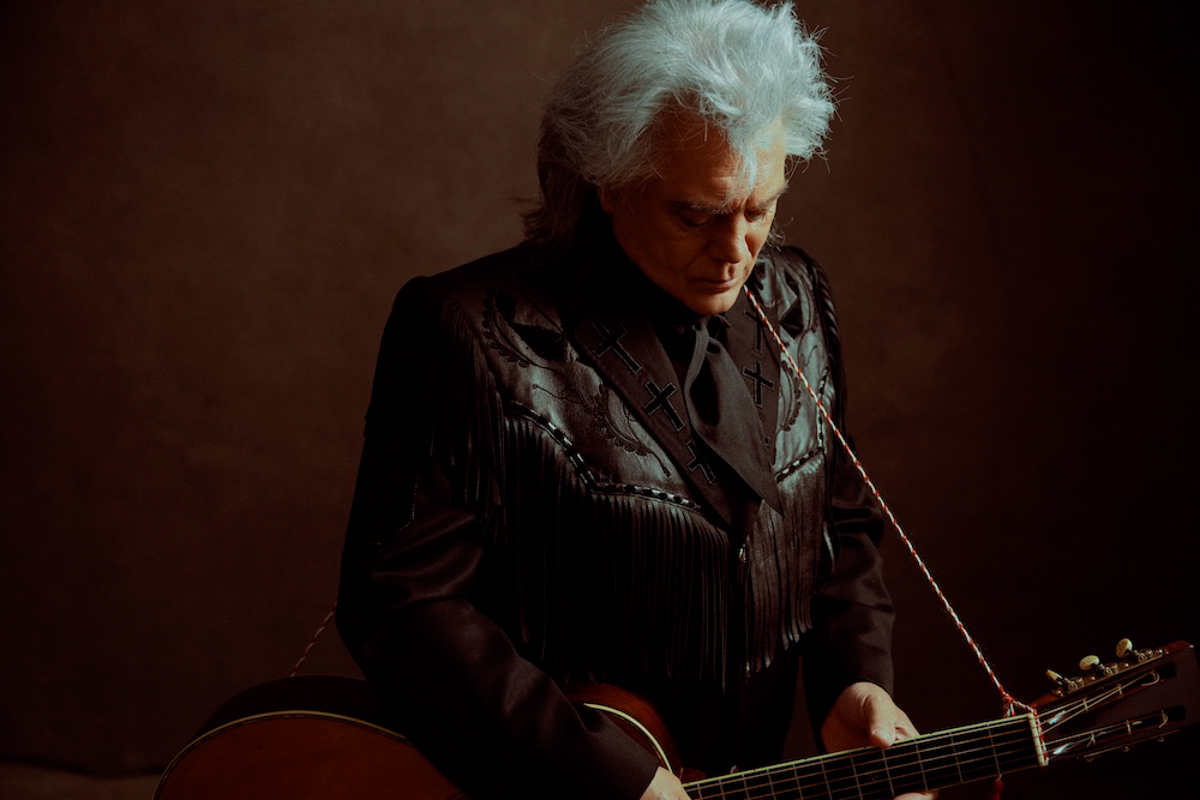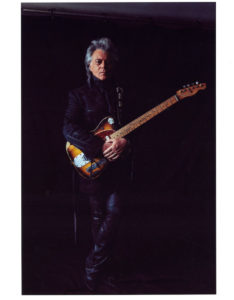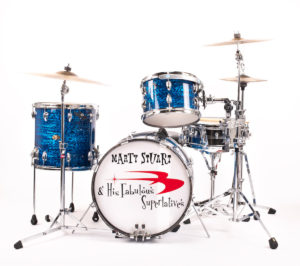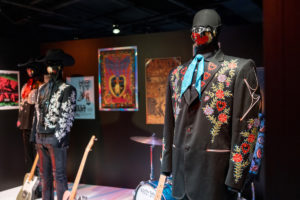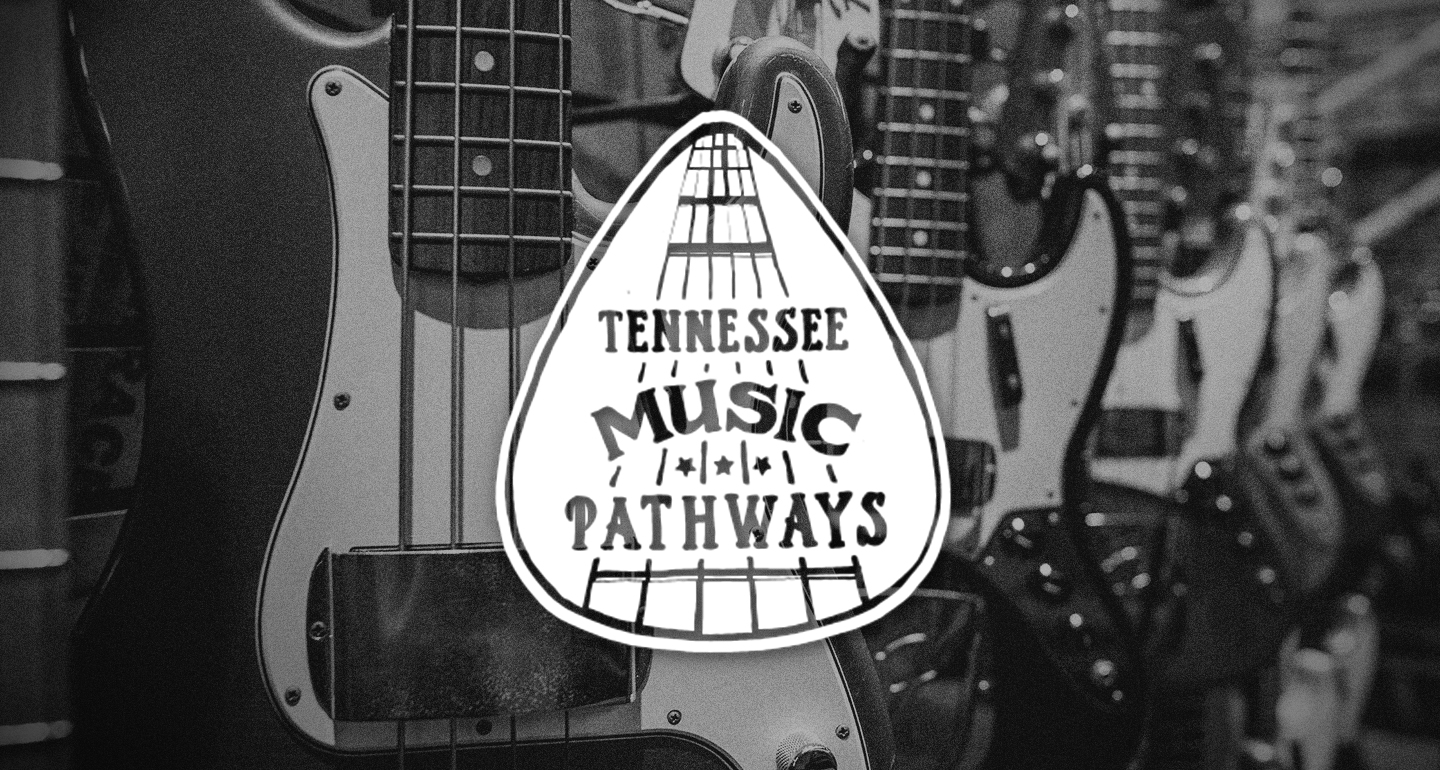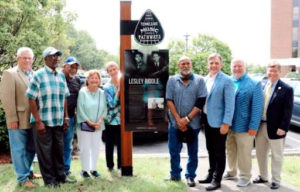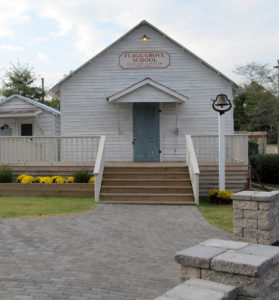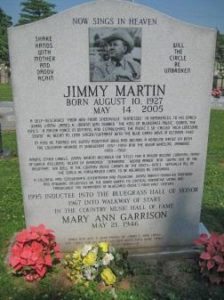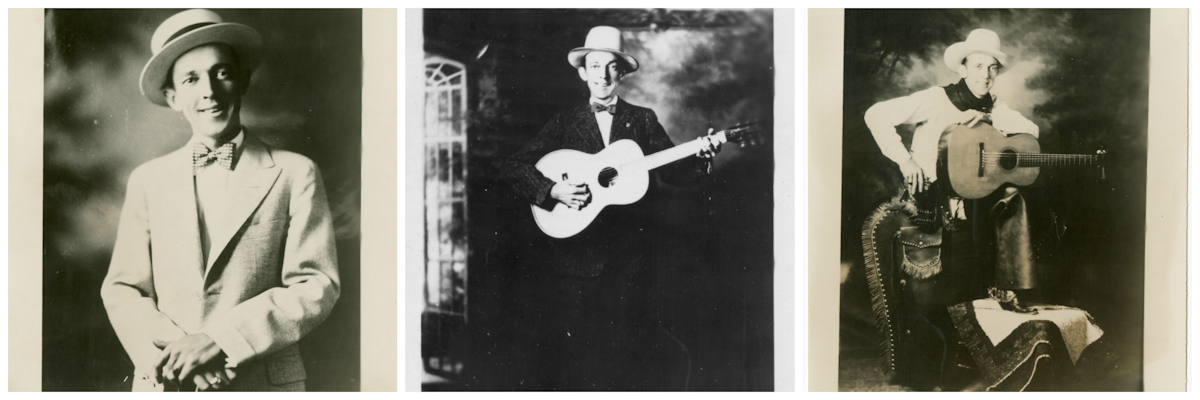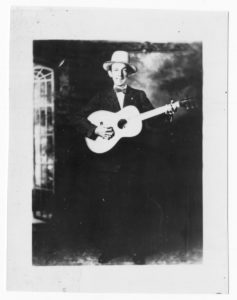By Ed Hagen, Gallery Assistant and guest blogger
There is a dance floor inside of the Birthplace of Country Music Museum that features the song “Will the Circle Be Unbroken,” playing over and over and sung by a mix of modern and old-time country artists. Toward the end of the looping video, John Carter Cash explains that the “circle” is music itself. In that sense “Will the Circle Be Unbroken” is a homage to the pioneers of country music and a salute to current artists who honor these diverse roots. The circle is unbroken because the music is handed down from generation to generation.

The song has had that association for many years now, perhaps starting with the release in 1972 of the Will the Circle Be Unbroken album by the Nitty Gritty Dirt Band, a 1960s California jug band that had gone electric and was at that time best known for covering Jerry Jeff Walker’s Mr. Bojangles. Will the Circle Be Unbroken was their seventh album and came about when band member John McEuen asked bluegrass musician Earl Scruggs and legendary guitarist Doc Watson if they would record with the band. One thing led to another, and many of country music’s biggest stars – including Roy Acuff, Jimmy Martin, Maybelle Carter, Merle Travis, Vassar Clements, Randy Scruggs, Pete “Oswald” Kirby, and Norman Blake – signed up for the project. It was a collaboration of two culturally different generations of musicians, traditional Grand Ole Opry stars and a group of hippies that Acuff described as “a bunch of long-haired West Coast boys” (Maybelle called them – affectionately – the “dirty boys”). By all accounts, the generation gap was bridged and new friendships were made, not to mention the incredible music. The album was a crossover success, introducing many folks to traditional country music, and in 1997 the original album was certified platinum.
Since its release, the song has become an inspiration for intergenerational celebrity get-togethers. When the song is called at any local museum jam sessions, everyone sings the chorus, and the emotion in the room is palpable.
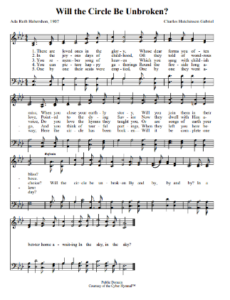
The original version of “Will the Circle Be Unbroken” was a hymn written in 1907 by Ada R. Habershon, with music by Charles H. Gabriel. It is long out of copyright, and so we freely reproduce the sheet music here. According to hymnary.org, the song peaked in popularity just before World War II, when it appeared in about 20% of hymnals in use. It is down to about 7% today. Based on conversations I have had, the number is higher here in East Tennessee.
Note that the words and melody of the verses in the original hymn depart substantially from the way it is usually sung today (although the refrain is very close). That’s because A. P. Carter rewrote the song when The Carter Family recorded it in 1935.
Victor producer Ralph Peer used to tell A. P. and his other folk and country artists to avoid recording songs heard on the radio, but to collect traditional music that could be modified and copyrighted. A. P. may have thought it was a traditional song. Perhaps to differentiate it a bit more, the Carter version was retitled as “Can the Circle Be Unbroken” (though nobody uses that title anymore).
The sentiment conveyed in both versions is that we have all lost loved ones, but that they have gone to a better place where we will see them again. It is interesting to compare the two versions of the song. Habershon’s version admonishes the listener to take the Christian view of family loss:
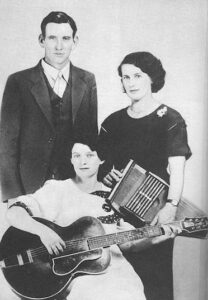
You remember song of heaven
Which you sang with childish voice,
Do you love the hymns they taught you,
Or are songs of earth your choice?
The Carter version, recorded and released in 1935, focuses on the painfulness of the loss:
Oh, I followed close behind her
Tried to hold up and be brave
But I could not hide my sorrow
When they laid her in the grave
“Can the Circle Be Unbroken” also focuses on the death of a beloved mother rather than family members in general (as in the original hymn). In any event, it is not surprising that the more emotional Carter version won people’s hearts. Roy Acuff used the Carter lyrics when he recorded it in 1940, and that eventually became the standard version. You can listen to different versions of the song via the YouTube links below.
Nitty Gritty Dirt Band – Will The Circle Be Unbroken
The Carter Family – Will The Circle Be Unbroken
Will The Circle Be Unbroken Vol.2/Nitty Gritty Dirt Band/Johnny Cash/Ricky Skaggs
Ed Hagen is a volunteer gallery assistant and guest blogger at the Birthplace of Country Music Museum. His earlier post, Celebrating Jimmie Rodgers: A Short Lesson in His Guitar Style, appeared here last year.


